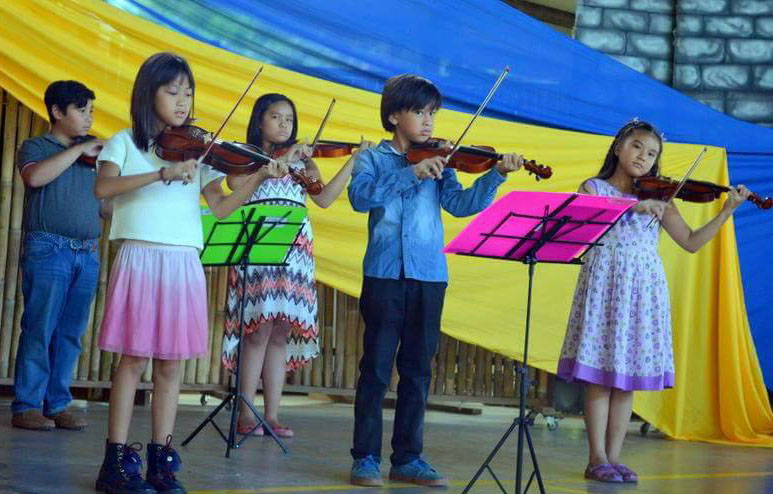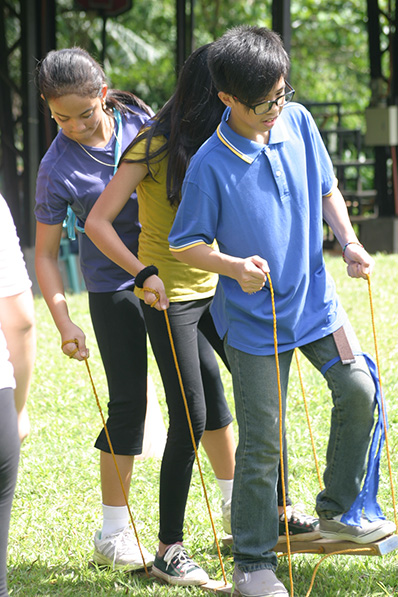Grade School: Paaralan
Nourishing The Heart and Soul
Art plays a significant role in the Waldorf Elementary Levels. The teaching of subjects (science, math, history, etc.) are enlivened through artistic activities (drawing, making music, painting) that help your child become emotionally engaged in his/her learning process.
Rudolf Steiner maintained that in student-teacher interactions, “that which passes from soul to soul” is far more important than any kind of intellectually contrived instruction on the mere passing on of information.
The child experiences the grade school curriculum not as intellectual concepts or a compendium of facts that must be memorized and whose successful recall becomes the weightiest measure of his education. Rather, the curriculum is delivered in a way that is related to the child’s appreciation of himself and the world at that stage of his development. Thus, even the most conceptual and abstract subjects like arithmetic and geometry become alive to the child.
The arts, particularly music and painting as well as bodily movement, are a constant presence in the days of the Waldorf grade school student: he continues to work with his hands – to plant a garden, care for animals, work with wood, cloth and clay. From these, the child comes to appreciate the beauty of the world around him. Out of this appreciation, an intuitive understanding of his place within it arises.
The Waldorf curriculum is designed as a unit. The first two hours of each day is the Main Lesson, which incorporates the more intellectual activities of writing, reading and arithmetic. Subjects are introduced and developed in a sequence that mirrors the inner development of the growing child. Over the years, the curriculum emerges as a whole, as material from one year is referenced in the following year, and the disciplines are woven together. The curriculum also follows mankind’s development from the Dreamtime and Fairy Tales through to epic Bible stories in Grade 3, the Ancient Indian, Egyptian, Greek and Roman epochs in Grades 5 and 6, and to the Renaissance in Grade 7.
The class teacher ideally stays with the class for all the elementary years, and so comes to understand each child’s talents and weaknesses, temperament and interests. The teacher’s mastery of each subject grows as they creatively enhance the extensive curriculum to meet the needs of the children.

















